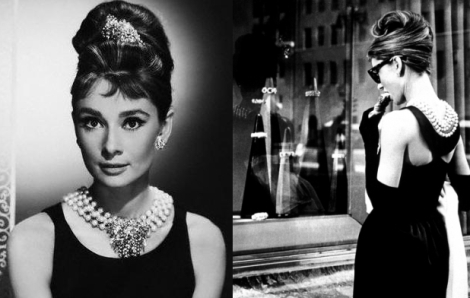
In the consumer's mind, a perfect trench is the one from Burberry. But that doesn't mean other brands can't succeed in designing and selling this classic outwear.
Smart style-savvy consumers know better than to buy ultra-fashionable pieces that will be in for just a season. Instead, they are constantly on the lookout for classics – garments and accessories that were designed and made to last a lifetime. Needless to say that these pieces form the commercial backbone of successful fashion brands, providing a steady stream of income that gives designers a chance to experiment with bolder pieces as well.
And even though we often think of classics as the realm of established labels – if it’s a trench then it’s Burberry, if it’s a perfect white blouse then it’s Carolina Herrera – it doesn’t mean that less famous designers can’t build their businesses on offering timeless looks. But how do you capture the buyer’s imagination and make your potential clients switch from a tried-and-true approach to purchasing classics from your line? Here are some helpful tips:
1. Identify your strong suits.
Zero in on your sales data to single out previous seasons’ bestsellers. Think how you can update or reinvent these pieces to make them more relevant, versatile and appealing to a wider audience.
2. Strive towards developing a capsule wardrobe.
Your staples should be easily mixed and matched with other pieces from your collections, especially the more seasonal ones.

The Givenchy gown worn by Audrey Hepburn in "Breakfast at Tiffany's" made the little black dress iconic, adding it to a set of any woman's must-haves
3. Monitor the market to see what your fellow designers are offering.
Will your brand’s classics work with items from other labels? Could they be worn with garments and accessories your stockists are selling? Will they easily fit into your target client’s closet? Buyers will be more inclined to pick up your line if you can answer these questions with a resounding “yes”.
4. Always offer top value for the money.
When your styles are up to par with the iconic classics in terms of design, enhance the production part. Improving stitching, using better quality buttons, and opting for luxurious lining are some of the possible ways to go.
5. Copying other brands’ staples is not an option.
If you’re eager to break into the classics market, make each style your own. Distinguish your pieces by offering trademark detailing or inventive cutting. Just be careful not to go over the top – your aim is to diversify while ensuring that the item will remain relevant for many seasons.

Levi's does a great job catering to consumers of all shapes and sizes, which means their brand loyalty is off the charts
6. Try targeting a specific niche.
Due to having a certain type of a figure, some people have a harder time shopping for quality clothes. And we don’t necessarily mean fashionistas who are typically labeled “plus size”. For example, women with a higher waist-to-hips ratio often struggle with locating a perfect pair of jeans, while those who are tall and lean find most styles available on the market too baggy. Designing timeless garments that flatter less catered to shapes and sizes will help you acquire a larger, more loyal client base.
With a strong classic style mix and an effective marketing strategy to promote it, you’ll boost your brand’s profitability, expand your distribution network, and maybe even become famous as the creator of a new iconic piece, joining the ranks of high-end fashion heavy-weights. Who knows, perhaps a perfect pea coat, a gorgeous A-line skirt, or a cool biker jacket will become your label’s design legacy.


About The Author: BridgeShowroom
Since 2011, BRIDGE SHOWROOM has been representing Europe's finest designers in America.
We are partners, linking together retailers and designers.
More posts by BridgeShowroom